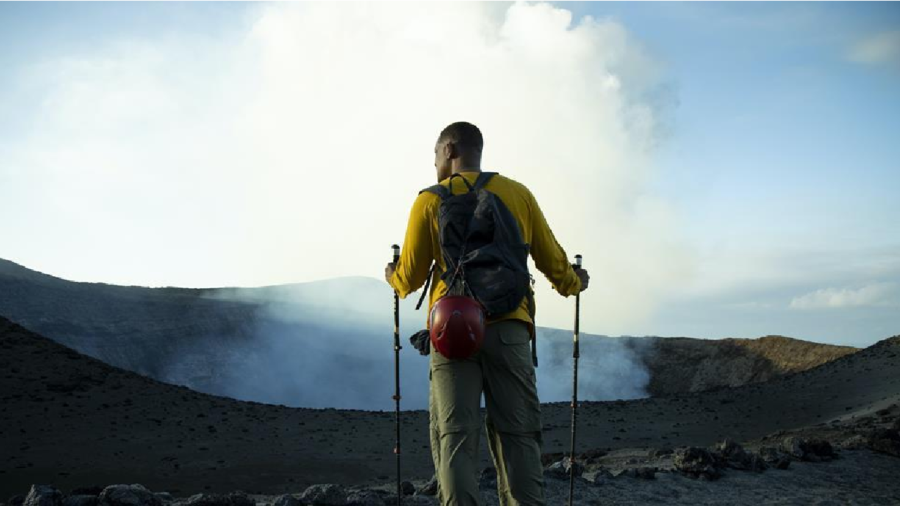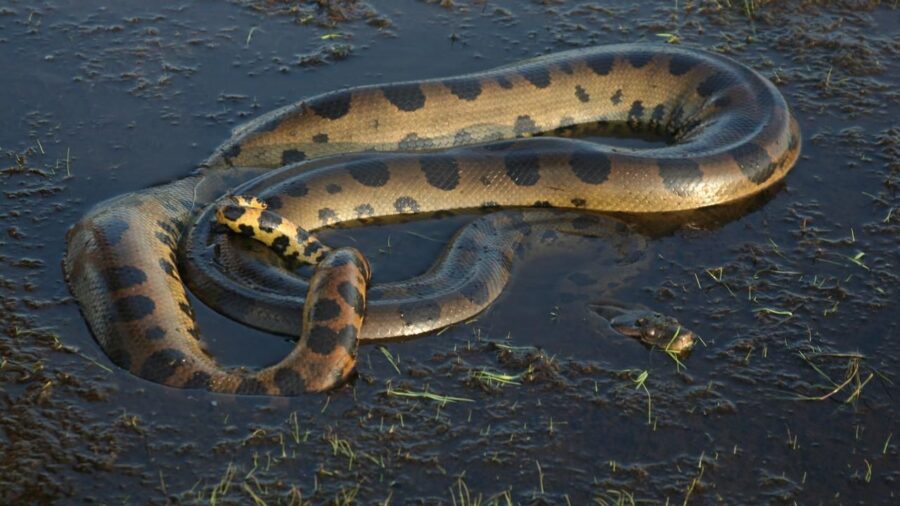Will Smith Helps Discover New Anaconda Species

Will Smith has accomplished many coveted feats on camera during his decades-long tenure as an A-list celebrity. He fended off alien invaders from destroying the Earth in Men In Black, held his own against Batman in Suicide Squad, and even slapped Chris Rock across the face with the form of a JoJo’s Bizarre Adventure character during the Academy Awards. Now, Will Smith has teamed with University of Queensland professor Bryan Fry, and a documentary filmmaking crew, to untangle the convoluted family tree of the Amazonian anaconda.
A New Discoverey Deep In The Amazon

The Amazon rainforest is home to several fascinating creatures, including the largest and heaviest anaconda snakes known to mankind. What we didn’t know until recently, however, is that the enormous serpents account for two different distinct species of snake. During production of the National Geographic documentary Pole to Pole with Will Smith, the filmmaking crew discovered that male and female anacondas are not chiral sexes of the same reptilian beast as researchers once thought, but are two distinct breeds of snake.
A Detour From The Oiriginal Goal

The project was originally intended to study the effects of oil drilling in the region, and the impact that commercial business has on local wildlife and indigenous people. Instead, Will Smith and his film crew began to pick up a startling pattern when examining anacondas, to study the impact that the drilling had on their populations, noting some substantial differences between male and female specimens.
Drastic DNA Differences

The massive snakes known to reach lengths of over 16 feet which we recognize from pop culture are exclusively females, while males tend to clock in at half that size. The differences don’t stop at their physical features either, as male anacondas feast on a diet of wading birds, while gigantic females gorge on grazing creatures such as capybara, and even deer. Per information recorded by the Pole to Pole with Will Smith team, male and female anacondas differ from one another in DNA by 5.5 percent.
Will Smith Helped Capture Anacondas

While this number may not sound especially staggering, human beings and chimps only differ by 2 percent, meaning these snakes are further separated from their counterparts than previously thought possible. Though these massive snakes don’t eat human beings, despite their depiction in media, females are more than capable of taking down a fully grown man under the right conditions, making the study of the snakes highly dangerous. According to Professor Fry, Will Smith was more than just a celebrity watching the action from a voiceover booth, as the I Am Legend actor took to the water to capture anacondas himself.
Studying The Impact Of Pollution

Will Smith and his team were originally studying anaconda populations because their status as apex predators within the region makes them vulnerable to toxic materials. If any toxic waste is dumped into the soil or water, it will inevitably wind up being eaten by small bugs, which are in turn eaten by birds and other mid-range creatures, eventually making their way up the food chain to top carnivores.
The Series Has No Release Date Yet

In their research, Will Smith and company determined that male anacondas have 1,000 percent more cadmium and lead content in their bodies than their female counterparts, proving the dangers that manmade manufacturing and waste disposal pose to the entire rainforest. With any luck, the release of Pole to Pole with Will Smith will spark enough public outcry to save the environment and all of the wildlife therein.
Source: MDPI













